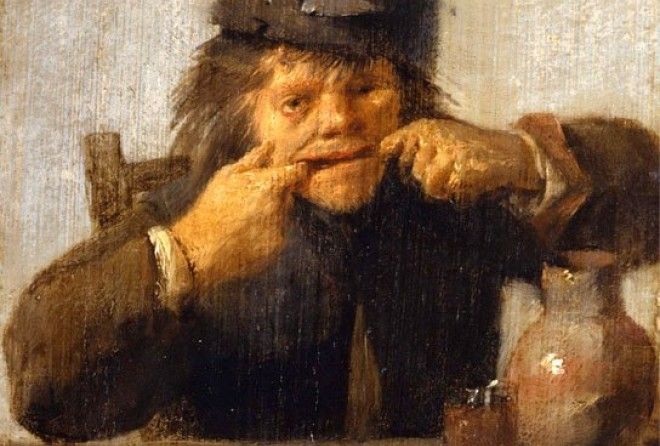"La Clairvoyance" — René Magritte, 1936
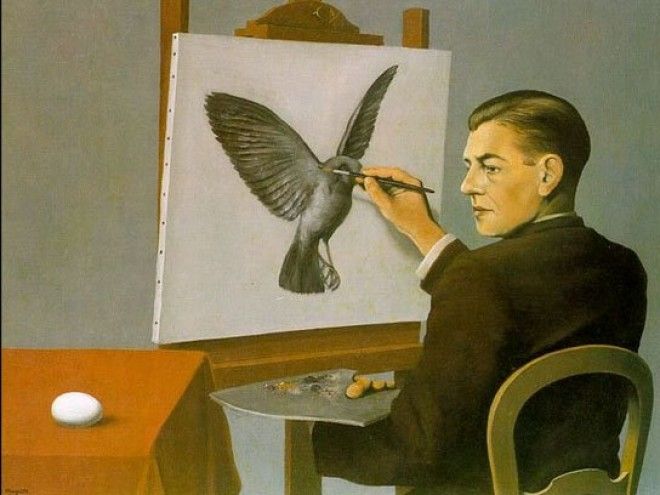
The funny, far-out visions of surrealists like René Magritte and Salvador Dalí influenced decades of graphic humor, from Monty Python to New Yorker cartoons and beyond. In this self-portrait, Magritte demonstrates his wit and forward-thinking by studying an egg to paint the bird-to-be.
"The Flatterers" — Pieter Brueghel the Younger, 1592
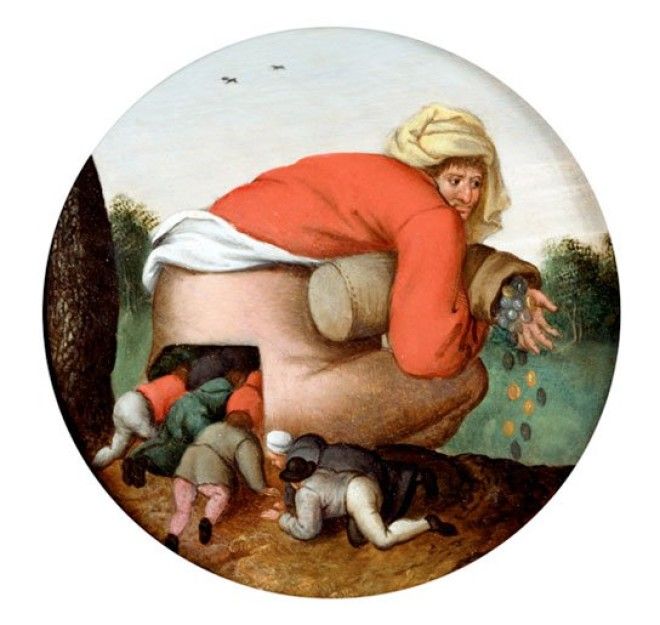
Pieter Brueghel the Elder was know as "Peasant Brueghel," for all his chaotic scenes of lower-class life in the Netherlands; his first son, Brueghel the Younger, was known as "Hell Brueghel," for all his depictions of, well, bleaker subjects. In "The Flatterers," Hell Brueghel takes a break from the flames to show off his dark wit, and coins a timeless visual metaphor for suck-ups. Art museums are popular, but you've never heard of these weird museums you had no idea existed.
"The Experts" — Alexandre-Gabriel Decamps, 1837

When the French Academy of Painting rejected several works by Decamps for being too experimental, he responded with this loving portrait. "The Experts" depicts several serious art critics in chimpanzee glory, over-analyzing a baroque landscape. This style, where monkeys ape human behavior, is called a singerie (literally "monkey trick"), and is apparent in art back to ancient Egypt. You'll laugh out loud at these 16 cartoons that prove daily life is too funny to make up.
"Parody of the Fauve Painters" — Robert W. Chanler, 1913
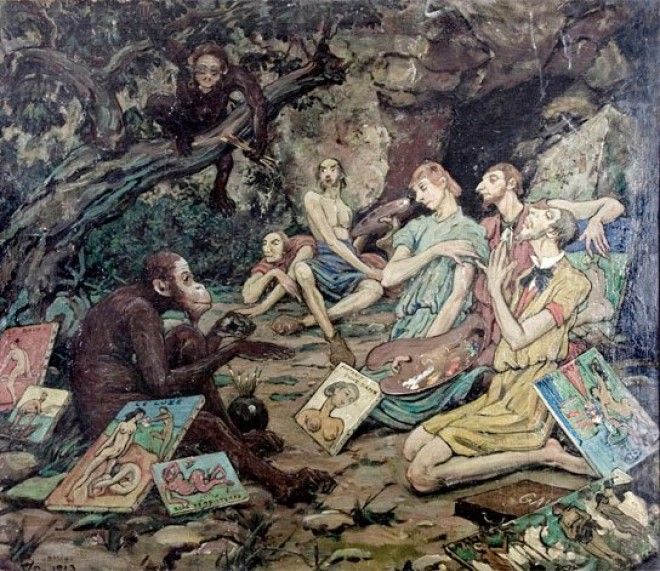
When the 1913 Armory Show brought work by Picasso, Duchamp, and Matisse to New York for their first major show, not all viewers appreciated their style. Robert Chanler, a local artist and hobnobber, took particular offense with Matisse's bold, wildly-painted nudes and created "Parody of the Fauve Painters," a singerie which casts Matisse as head chimp, surrounded by adoring students and controversial canvases. Subtle, no. But at least Chanler took his time to dig at Matisse with style.
"Youth Making A Face" — Adriaen Brouwer, 1632 - 1635

Dutch Golden Age artists loved kinetic scenes of daily life, some idealized, others...not so much. The crude, mocking boy in this mugshot by Adriaen Brouwer may stand in for a crude, mocking painter; Brouwer, notorious for his unkempt appearance, once bought a fancy suit for a wedding, showed up for dinner, and immediately started smearing pies all over his clothes. "Since it was the suit, rather than the man wearing it, that had been invited," Brouwer announced, as cited by the National Gallery of Art, "it deserves to feast on the food." Check out these pieces of hilariously cute art made by kids.
"Escaping Criticism" — Pere Borrell del Caso, 1874

Preempting the surrealists, Spain's del Caso blurred the lines between image and reality with this bug-eyed boy's desperate escape from gallery prison. Such a convincing trompe-l'oleil (that's art-talk for "optical illusion") may've baffled as many 19th century viewers as it amused, although modern internet users probably understand the need to flee from trolls. Learn about the street artist who turned everyday objects into hilarious designs.
"L.H.O.O.Q." — Marcel Duchamp, 1919
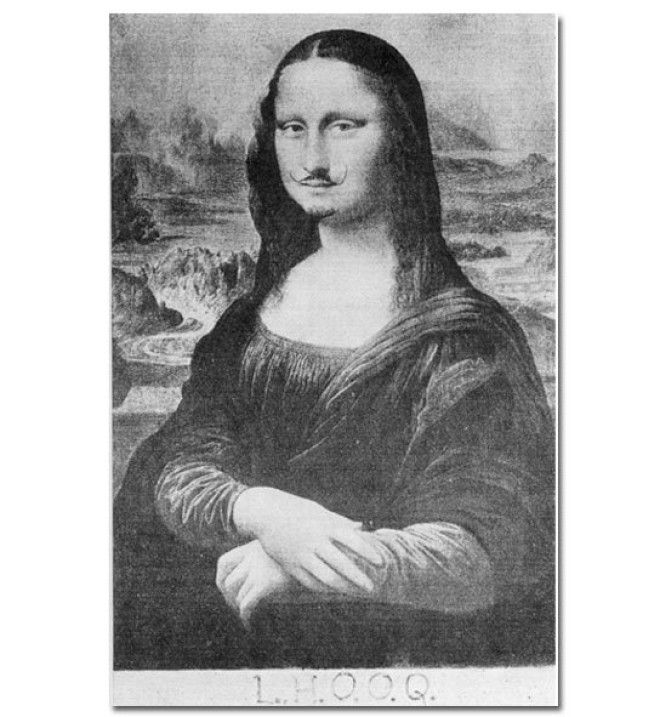
Famous for once submitting a store-bought urinal to an art exhibition, prankster/painter Duchamp made waves with his satiric "readymades": pre-manufactured objects slightly modified to take on new meaning. In "L.H.O.O.Q.," Duchamp jokes about Renaissance values by penciling a Van Dyke onto Da Vinci's masterpiece. As for the title? That's a joke too: spoken aloud, the letters mimic the French phrase "Elle a chaud au cul," which literally translates to, "She is hot in the behind." Don't miss these secret messages hiding in famous paintings—including the Mona Lisa.
